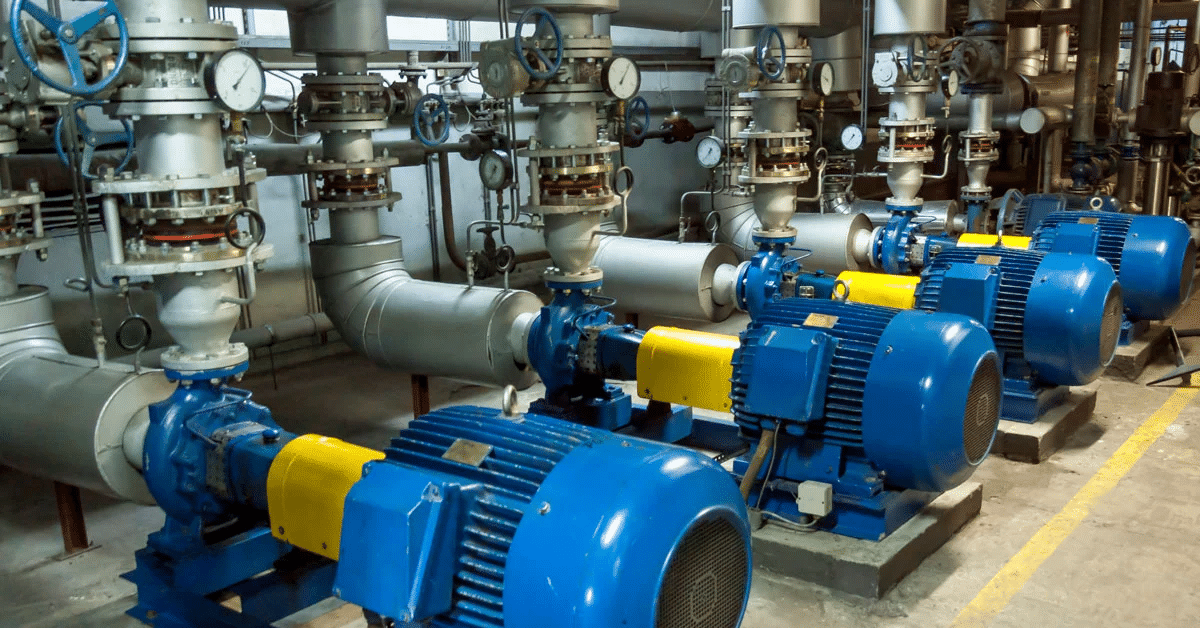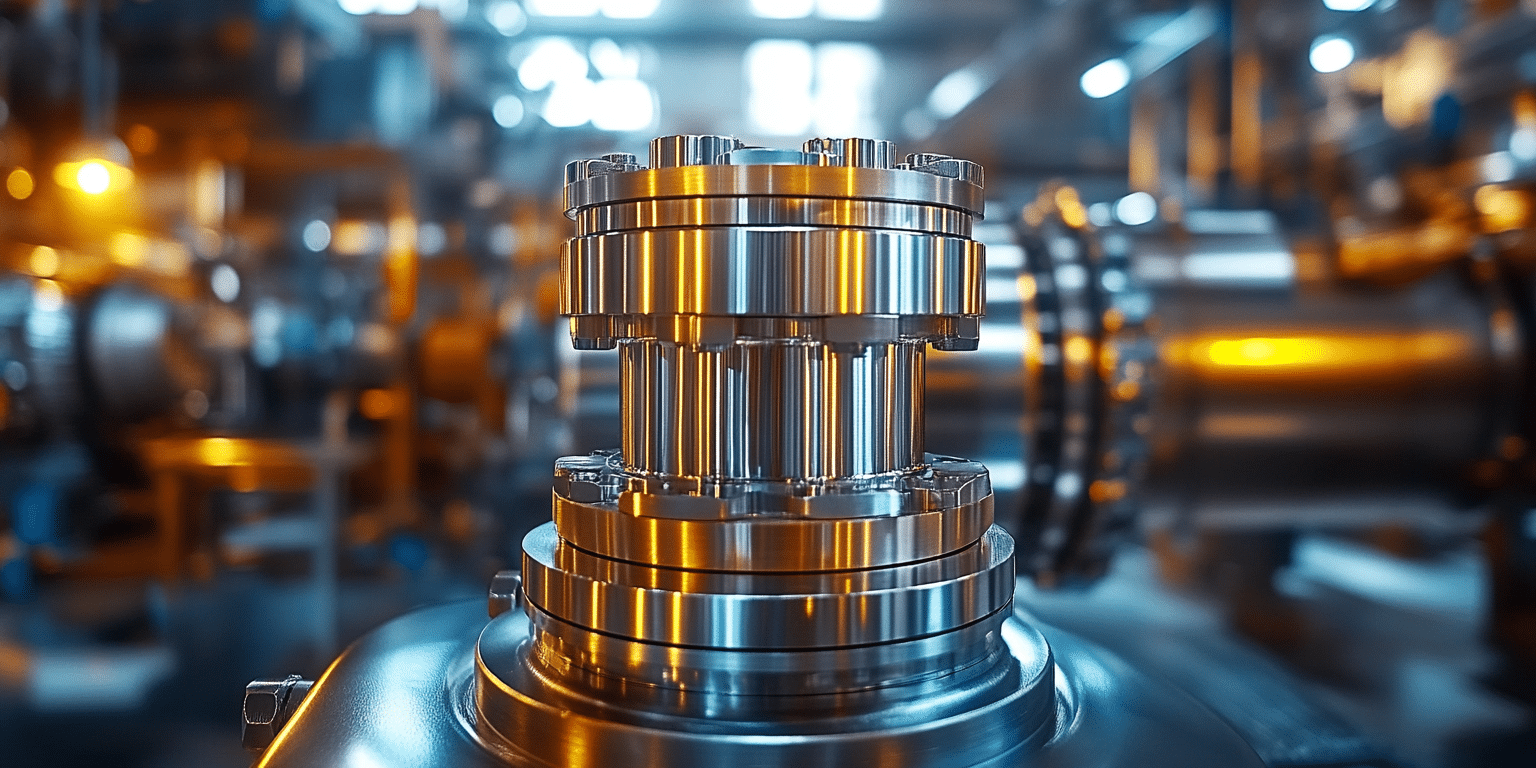Production Increase Through Correlation Analysis in a Cooler of a Combined-Cycle Plant


Situation
A combined cycle coal plant has a gas turbine air intake system that includes an evaporative cooler. The cooler is operated depending on meteorological conditions (warm air temperature or high humidity, for example). The cooled airflow then supplies air to the natural-gas turbine. When humidity is high and there are water droplets on the turbine blades, the blades begin to deteriorate. This leads to higher maintenance costs. In extreme situations, the turbine can break and force its replacement. Therefore, it is imperative that the cooler function as expected.

Problem
At times when the cooler is expected to operate, it has failed to perform. Engineers have hypothesized that adverse weather conditions negatively affect the cooler’s performance. However, they have had difficulties correlating weather changes with the cooler’s ability to provide better air quality for the turbine. Therefore, they have been unable to prove their hypothesis and determine the root cause of the cooler failures.
Challenges
- Finding relevant tags to be considered
- Detecting non-optimal cooler operation times
Solution
- Perform a value-based search to identify periods of good and bad behavior of the evaporative cooler with specific operating conditions (normal conditions, high temperature conditions, and so forth)
- Use scatterplots to find correlations among parameters
- Set up a monitor to look for periods when the cooler should be functioning and send alerts to key personnel
Results

- Using TrendMiner, engineers could see on a scatterplot that there was a strong negative correlation (-80%) between the ambient temperature and the power output of the cooler
- This correlation shows that whenever the ambient temperature decreases, the cooler needs more power to reach the correct conditions; if it increases, the cooler consumes less power
- Furthermore, they discovered 12 periods where the cooler was not running when it should have been
- By increasing the work time of the cooler and installing a monitor, engineers were able to increase production by 1%
- In the future, engineers will be notified when the monitor detects that the cooler is not performing correctly
Situation
A combined cycle coal plant has a gas turbine air intake system that includes an evaporative cooler. The cooler is operated depending on meteorological conditions (warm air temperature or high humidity, for example). The cooled airflow then supplies air to the natural-gas turbine. When humidity is high and there are water droplets on the turbine blades, the blades begin to deteriorate. This leads to higher maintenance costs. In extreme situations, the turbine can break and force its replacement. Therefore, it is imperative that the cooler function as expected.

Problem
At times when the cooler is expected to operate, it has failed to perform. Engineers have hypothesized that adverse weather conditions negatively affect the cooler’s performance. However, they have had difficulties correlating weather changes with the cooler’s ability to provide better air quality for the turbine. Therefore, they have been unable to prove their hypothesis and determine the root cause of the cooler failures.
Challenges
- Finding relevant tags to be considered
- Detecting non-optimal cooler operation times
Solution
- Perform a value-based search to identify periods of good and bad behavior of the evaporative cooler with specific operating conditions (normal conditions, high temperature conditions, and so forth)
- Use scatterplots to find correlations among parameters
- Set up a monitor to look for periods when the cooler should be functioning and send alerts to key personnel
Results

- Using TrendMiner, engineers could see on a scatterplot that there was a strong negative correlation (-80%) between the ambient temperature and the power output of the cooler
- This correlation shows that whenever the ambient temperature decreases, the cooler needs more power to reach the correct conditions; if it increases, the cooler consumes less power
- Furthermore, they discovered 12 periods where the cooler was not running when it should have been
- By increasing the work time of the cooler and installing a monitor, engineers were able to increase production by 1%
- In the future, engineers will be notified when the monitor detects that the cooler is not performing correctly
Subscribe to our newsletter
Stay up to date with our latest news and updates.
Other Webinars on demand
Explore Our Newest Content to Maximize Your Operational Efficiency
Other Resources
Explore Our Newest Content to Maximize Your Operational Efficiency



.jpg)
.jpg)
.jpg)






